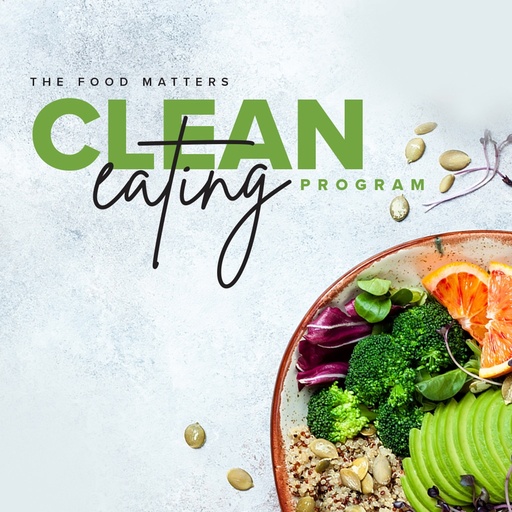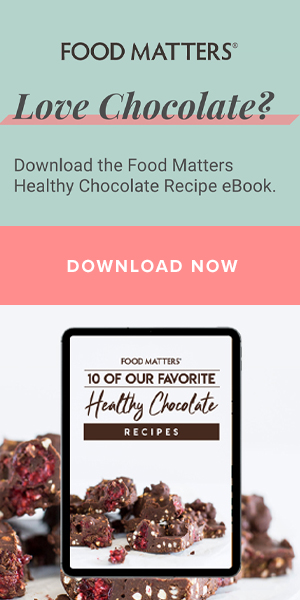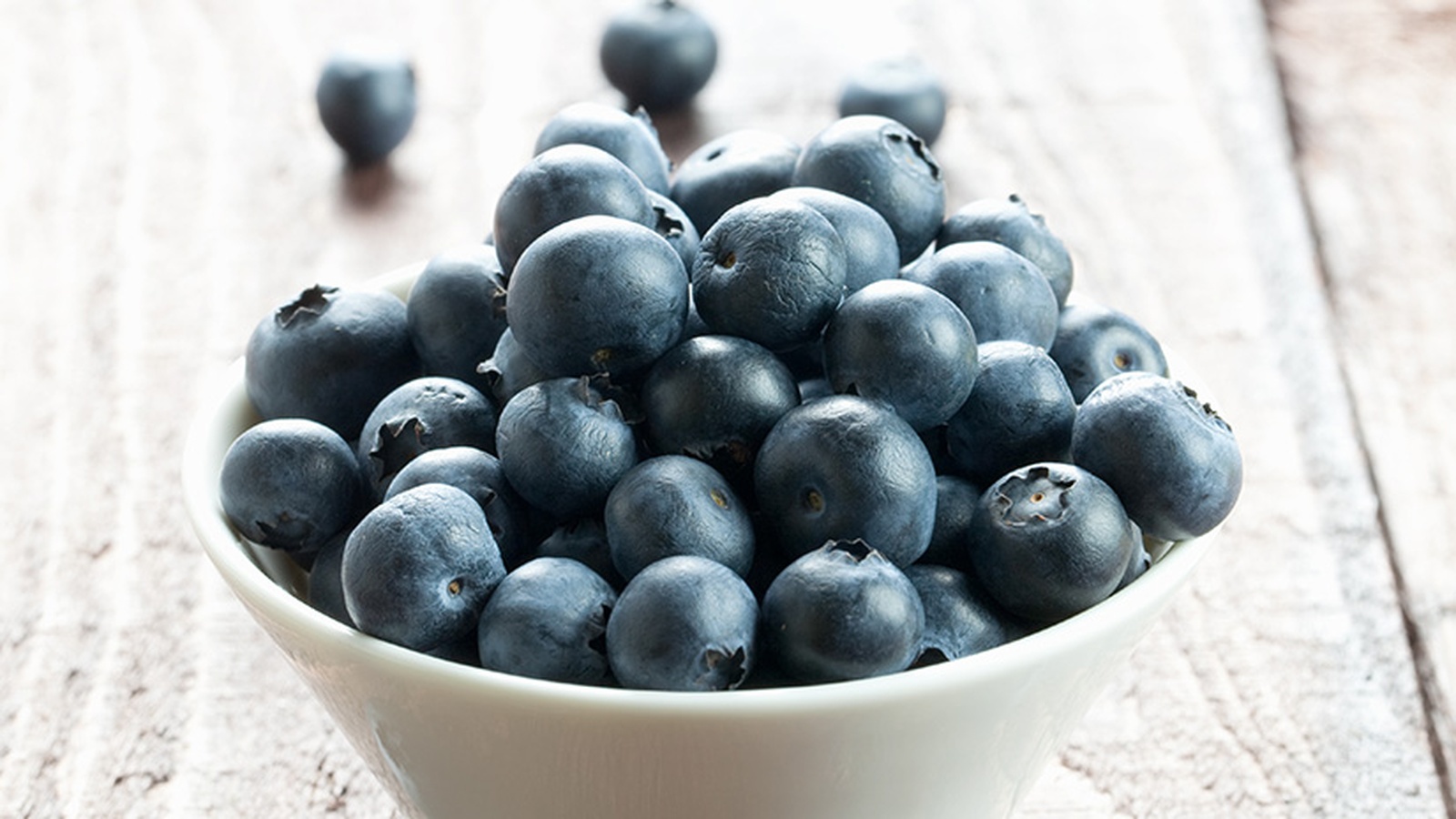Women's Health: Hormone Balancing Food Plan
 When you consider the average lifestyle of perimenopausal women, it is not hard to understand why insulin, estrogen and eicosanoids become imbalanced, setting the stage for increased risk of heart disease, high blood pressure, arthritis and breast cancer.
When you consider the average lifestyle of perimenopausal women, it is not hard to understand why insulin, estrogen and eicosanoids become imbalanced, setting the stage for increased risk of heart disease, high blood pressure, arthritis and breast cancer.
Here are some suggestions for keeping your blood sugar, eicosanoids and hormones in balance by using a targeted nutrition plan.
1. Eat At least Three Meals Per Day
Many women skip breakfast or lunch, or even both, "saving" their calories for dinner. The problem with this approach is that the metabolic rate naturally peaks at noon and slows after that. So the food you eat at night is far more likely to be stored as fat. When you eat breakfast, your metabolism gets jump-started for the day. If you skip it, your metabolism will slow down into conservation mode and this can lead to weight gain.
2. Eat Protein At Each Meal
Eggs, fish, lean meat, dairy, or vegetarian alternatives to animal protein, such as soy protein powder, whole soybeans, tofu or tempeh, are all good choices. Beans contain protein, but also contain a considerable amount of carbohydrates (Note: choose fermented soy products where possible with lower phytoestrogens). If you are a true carbohydrate addict and you are perimenopausal, beans may be too high in carbohydrates for you.
3. Cut Down On Refined And High-Glycemic Index Carbohydrates
Not all carbohydrates are created equal. Whether certain foods with a high-glycemic index, such as baked potatoes or bananas, can be part of a healthy diet for you depends upon your unique metabolism. If you are a true carbohydrate addict, you need to find what foods are healthy for you.
I find that eliminating refined carbohydrates, such as sugar, white rice, bread, alcohol, and foods made with white flour, such as muffins, bagels, pasta, pretzels and other snack foods, helps the body burn stored fat and keeps insulin and blood sugar levels normal.
4. Eat A Wide Variety Of Fresh Fruits And Vegetables Daily
You want to shoot for five servings per day. And remember, a serving is small, approximately four ounces, or a half-cup. Think color and you'll be on the right path, because the deep pigments in these foods contain powerful antioxidants.
Go for broccoli, green leafy vegetables, berries, red, yellow and green peppers, and tomatoes, and vary your choices through the seasons.
5. Eat Healthy Fats Each Day
The low-fat diet fads of the past, which reached their peak in the 1980s and early 1990s, had women brainwashed into believing that fat was the enemy. In their attempt to eliminate saturated fat from their diets, many women eliminated all fat. I watched my patients complain of sallow skin, brittle hair and nails, susceptibility to infection, inability to concentrate, and weight gain despite their rigid diets. None of these women were getting enough healthy fat.
Essential fatty acids, namely omega–3 and omega–6 fats, are needed to assist the body in many important functions, including those of the brain and nervous system. Good sources of EFAs include eggs, high-quality flax seeds, soybeans, walnuts, and cold water fish harvested from the wild.
6. Protect Your Body With Antioxidants
Antioxidants combat cellular damage from free radicals, which are known to be a cause of chronic conditions such as heart disease, cataracts, macular degeneration, and cancer. Antioxidants are found in fresh fruits and vegetables, especially brightly colored ones.
Food is the best source for antioxidants, but if you don’t always get enough in your diet, high-quality supplements can provide significant protection.
LOW GLYCEMIC FOOD OPTIONS
Here are the relative glycemic indexes of some common foods. This is simply a guide; these numbers do vary from study to study, with plant varieties, and food preparation methods. Use this chart to help balance high glycemic foods with low glycemic ones. Try eating smaller portions of high glycemic foods and add some protein and fat to your plate.
GLYCEMIC INDEX CHART
Low Glycemic: black beans, broccoli, cherries, chickpeas, leafy vegetables, milk, peanuts, peanut butter, pears, plums, soybeans, tomatoes, tomato soup, wild rice, yogurt.
Low to Moderate Glycemic: All-Bran, apples, ice cream, navy beans, oranges, peas, pinto beans, potato chips.
Moderate to High Glycemic: bananas, candy bars (most), potatoes, pita bread, oat bran, oat bread, raisins, carrots, brown rice, kidney beans.
High Glycemic: bagels, basmati rice, cakes, Cheerios, corn, corn flakes, pies, pretzels, durum wheat pasta, white bread.
Do you have a passion for nutrition & natural healing?. Learn more about the Food Matters Nutrition Certification Program here.









